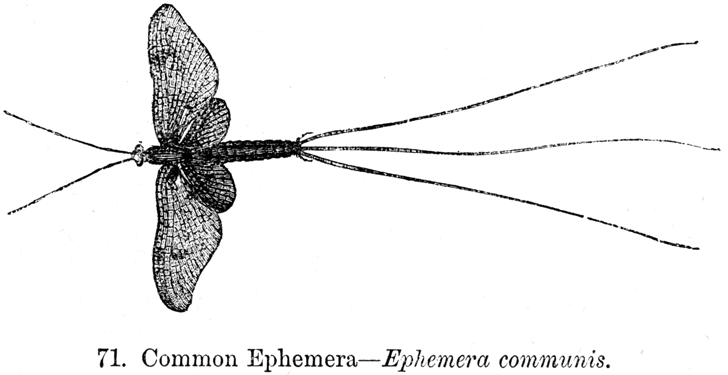
Description
Environment data derived from urban spaces can produce dynamic narratives examining embedded social and political constructs of an individual city. This workshop will explore the formation of narrative through the collection, collation and visualization of environmental data from the urban space of Havana Cuba. Participants will consider and identify unique particular points of entry through comparative location analysis around the city. Participants will then collect environmental data through an Arduino-based platform and skin the data, using Processing, into visual and auditory narrative abstractions. The visualizations and audio scapes could then be either presented or exhibited at the end of the symposium.
This workshop will address the following questions: What is the narrative of an urban space as constructed through environmental data? How can environmental data be represented in a narrative form through visual and auditory abstraction? The outcome of this workshop will be a visual and auditory narrative abstraction, representing the urban space of Havana Cuba.
This workshop stems from our research project in India wherein we examined the construction of narrative at sites of pilgrimage across India through environmental data. Additionally, it builds upon a recent workshop we conducted in Johannesburg, South Africa.
Background information
Our cognitive perception of time and experience as it relates to narrative has been the subject of theoretical and philosophical debate since Aristotle’s characterization of mythos and mimesis outlined in Poetics. In this seminal text, Aristotle theorized this concept as being demonstrative of poetry (particularly epic poetry) in that it creates a representation of events, objects, and experience to consider the real. According to Aristotle, mythos, the Greek word for plot, is not simply the sequential ordering of events but rather the logical connections and interactions that exist between events. The stronger the connections, the better the plot, resulting in a greater opportunity for reflection of the real. As traditional communication models morph and shift with continued developments in technology, our understanding and interaction with these representations as a means to consider the real is shifting in tandem.
In his text Communication, Power and Counterpower in the Network Society, Manuel Castells describes the blurring of boundaries between the traditional communication models of one-to-one, one-to-many, and mass communication as “the development of horizontal networks of interactive communication that connect local and global in chosen time”. Each communication model offers its own lens through which we may interpret an event, as a representation. It is through this blurring of boundaries in how we interpret the representation of events that we may examine the construction of narrative through non-visual and auditory means.
The foundation for this investigation began as a collaborative research project From There to Then conducted in Dharamasala, Varanasi, and Bodh Gaya India, during June of 2014.Through data collected with environmental and biometric sensors from sites of pilgrimage in India, From There to Then considered the trans-media narrative framework through perception and experience. Exploring Aristotle’s delineation of narrative as logical connections and interactions that exist between events, we examined the potential for constructed narrative through non-visual and auditory means.
For the proposed workshop in Havana, Cuba we will follow a similar model to the previous workshop in Johannesburg. Participants will be invited to choose culturally relevant sites within the city, collect data using environmental and biometric sensors, and by using Processing, create an alternate narrative using visual and auditory abstraction.
Castells, M. (2007), Communication, power and counter-power in the network society, International Journal of Communication, 1: 1, pp. 238–66.

